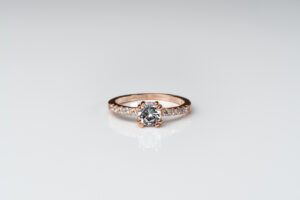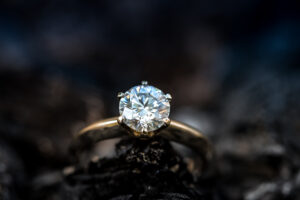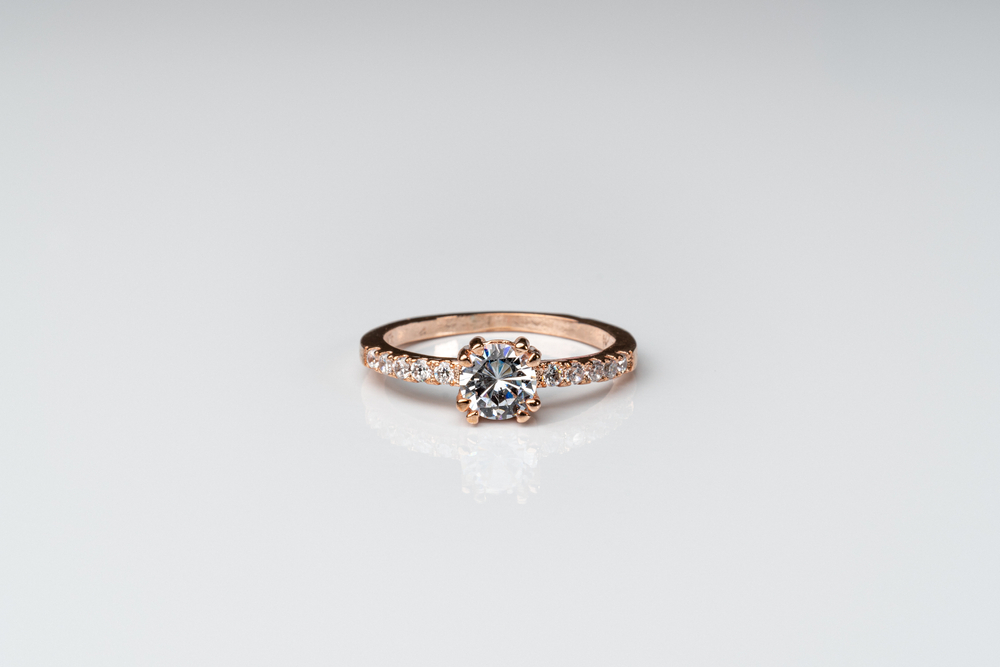
The jewelry industry is increasingly concerned about fake diamond rings, which are sold to unwary customers in place of genuine items. Even the most discerning eyes are frequently fooled by these finely manufactured imitations, which imitate the brightness and clarity of real diamond rings. But what specific materials are employed to create these fake treasures? Let’s explore the world of fake diamonds and their synthetic equivalents.
Understanding Synthetic Diamonds
Diamonds made in a controlled laboratory environment are referred to as synthetic, lab-grown, or man-made diamonds. They are manufactured using technical procedures as opposed to being generated over millions of years deep under the Earth’s crust, yet they have the same chemical and physical qualities as natural diamonds. Due to their lower price and more ethical sourcing than mined diamonds, synthetic diamonds have become more and more popular. These are not fake or counterfeit diamonds.
Materials For Counterfeit Diamond Rings
Counterfeiters use a range of materials to imitate the look of real diamond rings, which can fool even knowledgeable gemologists. The following are some typical materials used in the fabrication of fake diamond rings:
- Cubic Zirconia (CZ): Due to its optical resemblance to diamonds, cubic zirconia (CZ) is a common alternative to real diamonds. It has a high refractive index and is made of zirconium oxide, which gives it a bright glitter. CZ can nearly resemble diamonds, but because of its reduced hardness, it is more susceptible to wear and scratches over time.
- Moissanite: Another diamond substitute that is widely used in fake rings is moissanite. With a high refractive index similar to that of diamonds, moissanite is made of silicon carbide. Because of its excellent hardness and endurance, counterfeiters looking to construct realistic imitations frequently choose moissanite.
- White Sapphire: Colourless or nearly colorless white sapphires are occasionally used in imitation diamond rings. Although sapphires may have brightness comparable to diamonds, they have a lower refractive index. A closer examination reveals this discrepancy, which makes fake jewelry easier to spot.
- Glass: In some cases, counterfeiters will turn to glass as a more affordable substitute to imitate diamonds. Glass can mimic some of the shine of diamonds, but closer inspection frequently reveals that it has a substantially lower hardness than diamonds and is not as durable.
The Consequences Of Counterfeit Rings

For unwary purchasers, purchasing a fake diamond ring may have a variety of negative effects. Consumers may experience financial loss in addition to the disappointment of learning that their prized artwork is not legitimate. Fake diamond rings are less valuable than real ones and are more difficult to sell for a profit. Supporting the counterfeit market also compromises the ethics of the jewelry industry and encourages unethical behavior.
